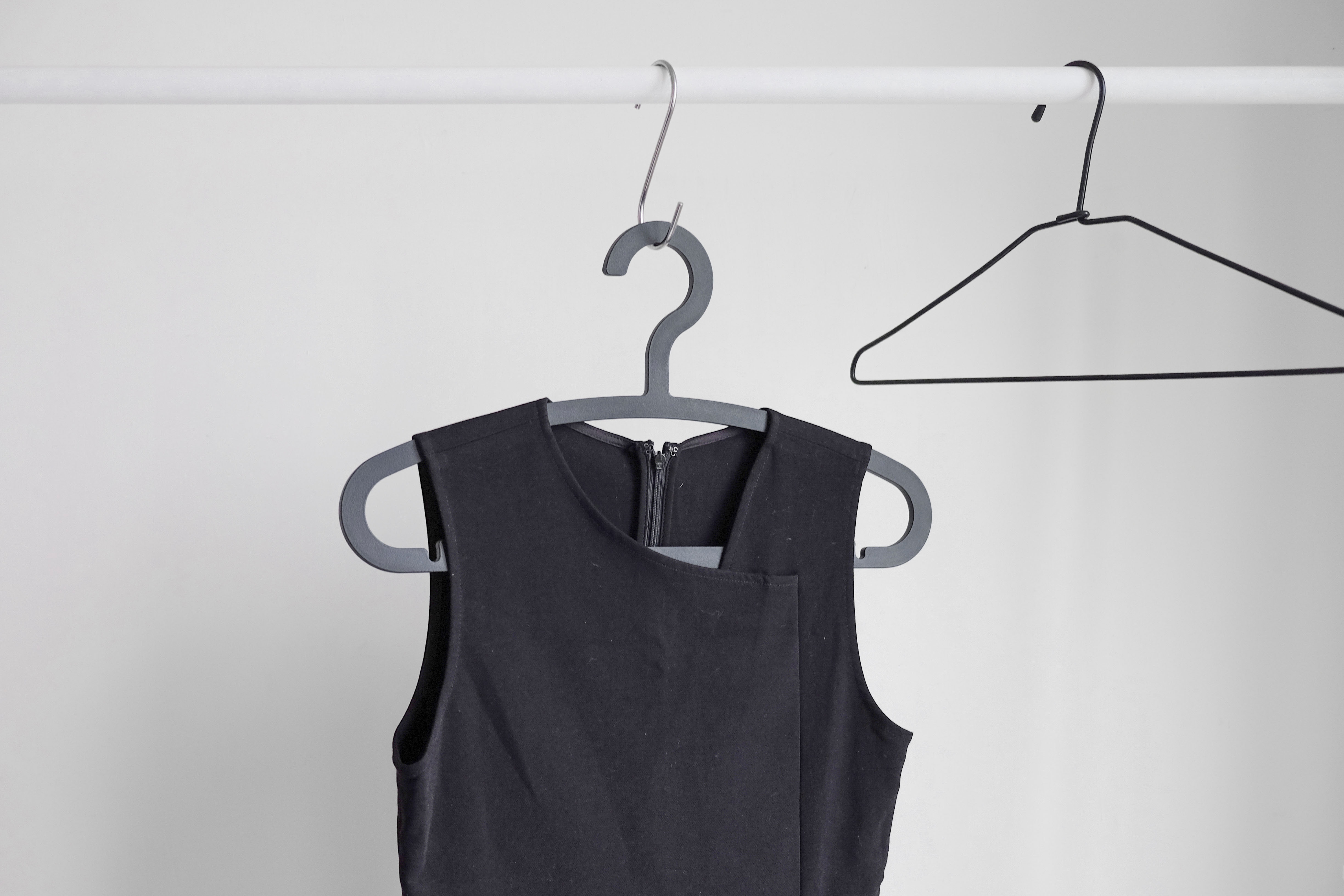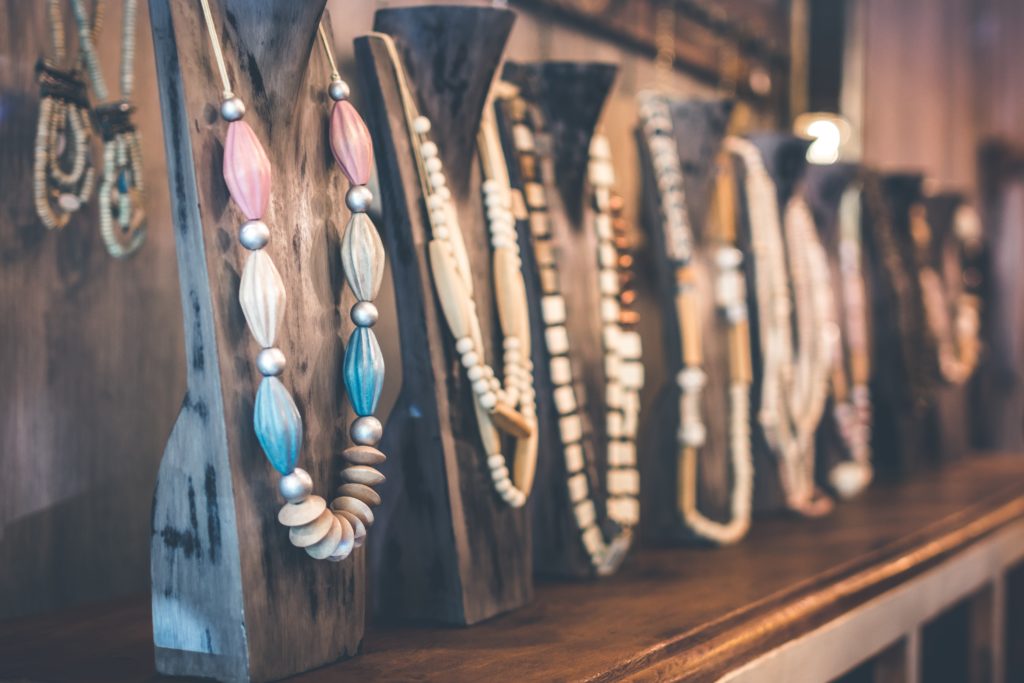
By Claire Florine | Instagram: @claireflorinewrites
In our fast-paced society that is generally obsessed with instant-gratification, a new speed of fashion is taking root in the wardrobes of a wide variety of women. Some call it “slow fashion;” others “ethical shopping,” and can involve extensive brand research as well as the creation of the ever-so-popular yet elusive capsule wardrobe.
Being a recovering retail therapist and a “wannabe” minimalist, I have to admit that my curiosity was piqued at this also environmentally friendly and sustainable shopping trend. I have been trying to simplify all of my purchasing needs, but have had to really zero-in on clothing due to a mild obsession with it. Yes, I am a true lover of getting dressed, and yet I cannot help but to feel convicted by the heaps and heaps of clothing that I have cycled through, even just in this past year.
When I first began looking into the idea of slow fashion and ethical shopping, I did some research on the harm that cheap clothing and our consumption of it has done to the environment and to the lives of underpaid textile workers. This sickened me enough to look further. I came across some wonderful brands that are ethically made and pay their workers a fair price. This seemed like the jackpot. I could now select what I wanted to buy from these sellers, and feel good about my clothing choices as well as look like the “fashionista” I shamelessly want to aspire to.
Not so.
Because the truth is, in order to fully embrace ethical and sustainable shopping, I had to first change my “fast-fashion” mindset.
I came to this realization rather quickly. Because what you will notice about the best of these ethical brands is that they are a little pricy. And rightly so! They pay their workers well and use only the best, natural, and sustainable materials so that your clothes will not only look and feel amazing, but will last a long time. These clothes are not meant to be cycled through by fickle “fashionistas” who follow trends like twitter tweets. They are meant to be invested in by mature women who know their style, body type, and preferences, and have enough self-respect and earth-respect to take care of their clothing for the long haul.
I’ll admit that I had some serious changes to make, and I am still on this “slow fashion” journey. But over the past few years, I’ve learned a few good tools that have helped me become less wasteful, more mature, and yes, I still love the act of getting dressed each morning.
First, ethical shopping begins by looking into our own current wardrobe for what we “need.” If there are gaping holes in our closet collection (and let’s be honest, usually there aren’t), then we can figure out what’s most important to us: fair wages, natural materials, handmade, waste-free packaging … It’s hard to get all of these things in one, so we have to do our research and choose what most convicts our hearts. Invest in the brands that best encompass your convictions and purchase from them only what you absolutely need.
Okay, so say there really are gaping holes in your wardrobe. And say you want to curate a fairly modest capsule wardrobe by exclusively shopping ethically. How do you do this without breaking the bank? My simple answer: shop second hand.
This way, you opt out entirely from the production of more clothing, and you also save someone else’s rejects from being disposed of in an environmentally unfriendly fashion (pun intended). Vintage Etsy sellers work fine, but so does your local Goodwill or consignment store. In fact, bring your own bag to a thrift store and you’ll even be saving valuable paper and toxic plastic packaging that the expensive ethically made, hand-dyed linen dress would have been shipped in. Win. Win.
But most of all, get in the habit of shopping out of necessity, not boredom or trend following.
Begin with resourcefulness—gratitude is what I like to call it—and practice freeing yourself from the need to shop for more entirely. You can make what you have work well in many cases, especially if you take good care of the things you already own. No need to throw away all of your tops from Target just because they aren’t ABLE or Everlane—that would be adding to the “fast fashion” problem. But evaluate what you think are your fashion needs and check that they aren’t just desires: do you really need a fall dress for that wedding coming up, or can you throw on your black beaded cardigan and some floral-print leggings to enhance a dress that’s already hanging in your closet?
What I have found is that limitations can help you be creative and sustainable. Put on blinders if you have to: unfollow fashion Instagram accounts that tempt you to shop for more, avoid catalogues or clothing boards on Pinterest, and unsubscribe from newsletters from online stores.
My favorite practice that helped me tremendously in this area was to wear only 10 items of clothing for an entire month (underwear not included). This helped me evaluate my style as well as the versatility of my wardrobe. I came out on the other end far more content with my own closet and my desire to shop dialed down drastically.
However we decide to change our fast-fashion mindset, we must see this as the first step to take in embracing ethical shopping. Otherwise, we will simply cycle through more expensive, albeit sustainable, clothing in our ever-changing “capsule wardrobes,” which will end up in a landfill releasing toxins into the already polluted air. I think we can all agree, fashionista or not, that this is so not the point.
About Claire:
 Claire Florine is a writer living on the Far Southside of Chicago. Wife to a visionary, mommy to two wee ones, and a lover a good cup of black coffee, she seeks to simply life by pursuing meaningful minimalism, gobs of gratitude, and contentment in all situations. Find her writing at www.thewannabeminimalist.com. Follow her on Instagram and Facebook.
Claire Florine is a writer living on the Far Southside of Chicago. Wife to a visionary, mommy to two wee ones, and a lover a good cup of black coffee, she seeks to simply life by pursuing meaningful minimalism, gobs of gratitude, and contentment in all situations. Find her writing at www.thewannabeminimalist.com. Follow her on Instagram and Facebook.
***
 For December, the theme on the blog is “The Other Side of Advent.” Let me know if you’re still interested in guest posting (I’m usually willing to extend deadlines)! Check submission guidelines here.
For December, the theme on the blog is “The Other Side of Advent.” Let me know if you’re still interested in guest posting (I’m usually willing to extend deadlines)! Check submission guidelines here.
Sign up for the (occasional) Mid-month Digest and the (loosely) “end of the month” Secret Newsletter for Scraping Raisins Here:
Follow me on Instagram @scrapingraisins–I frequently give away books and products I love!
Photo by Henry & Co. on Unsplash


 Beth Watkins spent the last 6 years working in North and Sub-Saharan Africa with street children, refugees, and other vulnerable populations. She is currently settling back in the US with her immigrant husband and writes about living toward the kingdom of God and flailing awkwardly into neighbor-love at her
Beth Watkins spent the last 6 years working in North and Sub-Saharan Africa with street children, refugees, and other vulnerable populations. She is currently settling back in the US with her immigrant husband and writes about living toward the kingdom of God and flailing awkwardly into neighbor-love at her